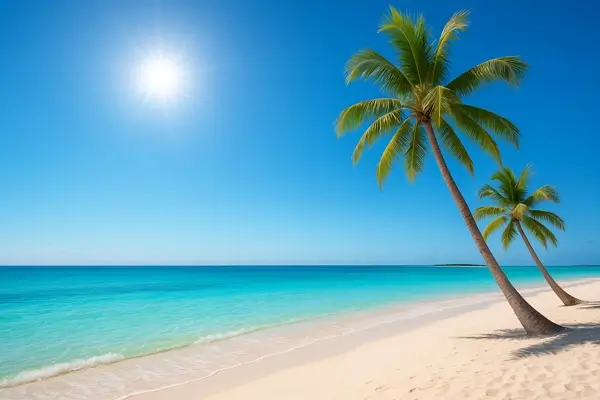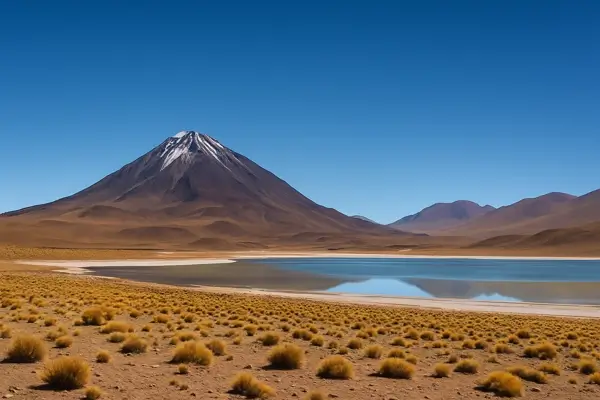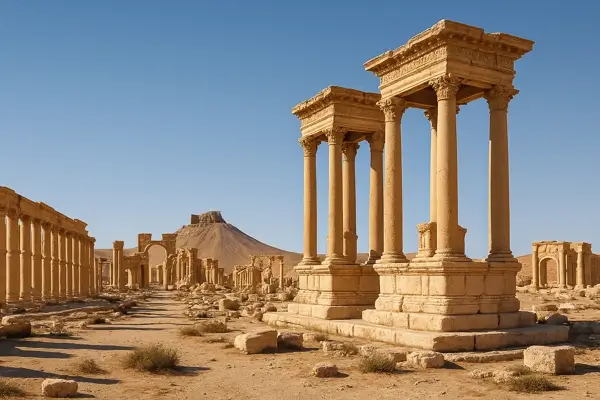
An Archipelago of Over 700 Islands
The Bahamas is a vast archipelago made up of over 700 islands and 2,400 cays (small islands). Only about 30 of these islands are inhabited, and the country stretches over 100,000 square miles of the Atlantic Ocean. The Bahamas is renowned for its crystal-clear waters, beautiful beaches, and tropical climate, making it a top destination for tourists.
Home to the World’s Third-Largest Barrier Reef
The Bahamas is home to the third-largest barrier reef in the world, the Andros Barrier Reef. This expansive underwater ecosystem is known for its vibrant marine life, including colorful corals, sea turtles, and numerous fish species. The reef is a popular spot for snorkeling and scuba diving, attracting marine enthusiasts from around the world.
A Top Tourist Destination
The Bahamas is a major tourist hub, with millions of visitors flocking to its islands each year. Its crystal-clear waters, white sandy beaches, and luxurious resorts make it a prime vacation destination. Nassau, the capital city located on New Providence Island, is known for its vibrant culture, colonial architecture, and lively markets.
A Nation of Diverse Islands
The Bahamas is not only diverse in its geography but also in its culture and traditions. Each island has its own unique identity, with varying accents, customs, and local foods. For instance, the Exumas are famous for their swimming pigs, while Abaco Island is known for its historic settlements and beautiful nature.
A Rich Colonial History
The Bahamas has a rich colonial history, originally inhabited by the Lucayan Taino people before being colonized by the Spanish in the 15th century. The British took control in 1718, and the islands remained a British colony until they gained independence in 1973. This colonial past is reflected in the country’s architecture, culture, and language.
Birthplace of the Bahamas' Junkanoo Festival
Junkanoo is a lively and colorful street parade that takes place during Christmas and New Year’s celebrations in the Bahamas. It features elaborate costumes, rhythmic drumming, dancing, and vibrant displays of Bahamian culture. The festival has roots in African traditions brought by enslaved people and remains one of the country’s most significant cultural events.
A Haven for Marine Life
The Bahamas is home to some of the most diverse marine ecosystems in the world. Its waters are filled with vibrant coral reefs, shipwrecks, and sea life, including dolphins, sharks, and stingrays. The Exuma Cays Land and Sea Park is a protected area and a haven for marine conservation, making it an ideal location for eco-tourism and wildlife viewing.
The Blue Hole
The Bahamas is famous for its "Blue Holes," underwater sinkholes that offer a spectacular view of the ocean floor. One of the most famous is the Dean’s Blue Hole, located on Long Island, which is the world’s second-deepest blue hole at over 600 feet. It is a popular site for diving and free diving enthusiasts.
A Thriving Economy
The Bahamas has a highly developed economy based on tourism, banking, and offshore finance. The country is considered a financial hub, with a well-established banking system and international financial services sector. Its tax-free environment also makes it an attractive destination for businesses and high-net-worth individuals.
Famous for Bahama Mama
The Bahamas is known for its delicious rum-based cocktails, particularly the "Bahama Mama." This popular drink is a mix of rum, fruit juices, and spices and is often served on the beach or at local bars. The island nation also produces several famous rum brands, with Nassau and Freeport being key locations for distilleries.
The Bahamas' National Animal
The Bahamas' national animal is the flamingo, a graceful bird known for its vibrant pink feathers and long legs. The flamingo can be found in several places in the Bahamas, particularly in the Inagua Islands, which are home to the largest colony of West Indian flamingos in the Western Hemisphere.
A Strong Connection to Pirates
The Bahamas has a rich history of piracy, especially during the 17th and 18th centuries. The islands were a haven for notorious pirates like Blackbeard and Calico Jack Rackham, who used the archipelago as a base of operations. Today, remnants of this pirate era can be explored through historical sites and museums throughout the islands.
One of the Richest Marine Environments
The Bahamas’ marine environment is one of the richest and most biodiverse in the world. It is home to a variety of species, including endangered ones like the Nassau grouper and the sea turtle. Efforts to protect these species are a priority for the Bahamian government and local conservation groups.



